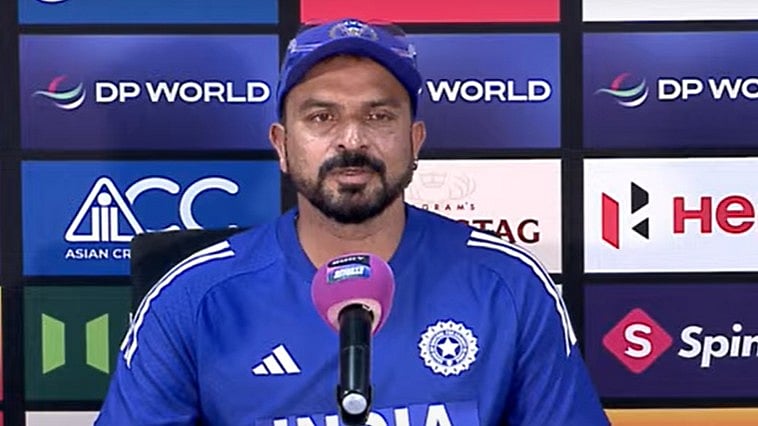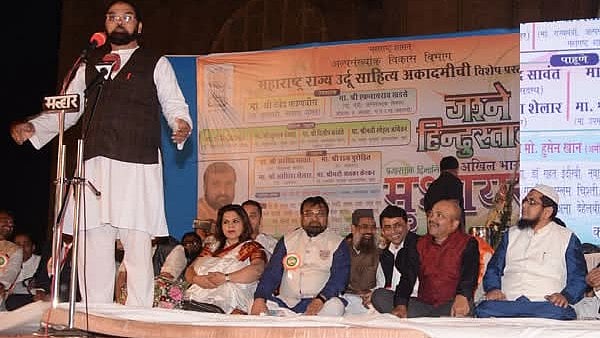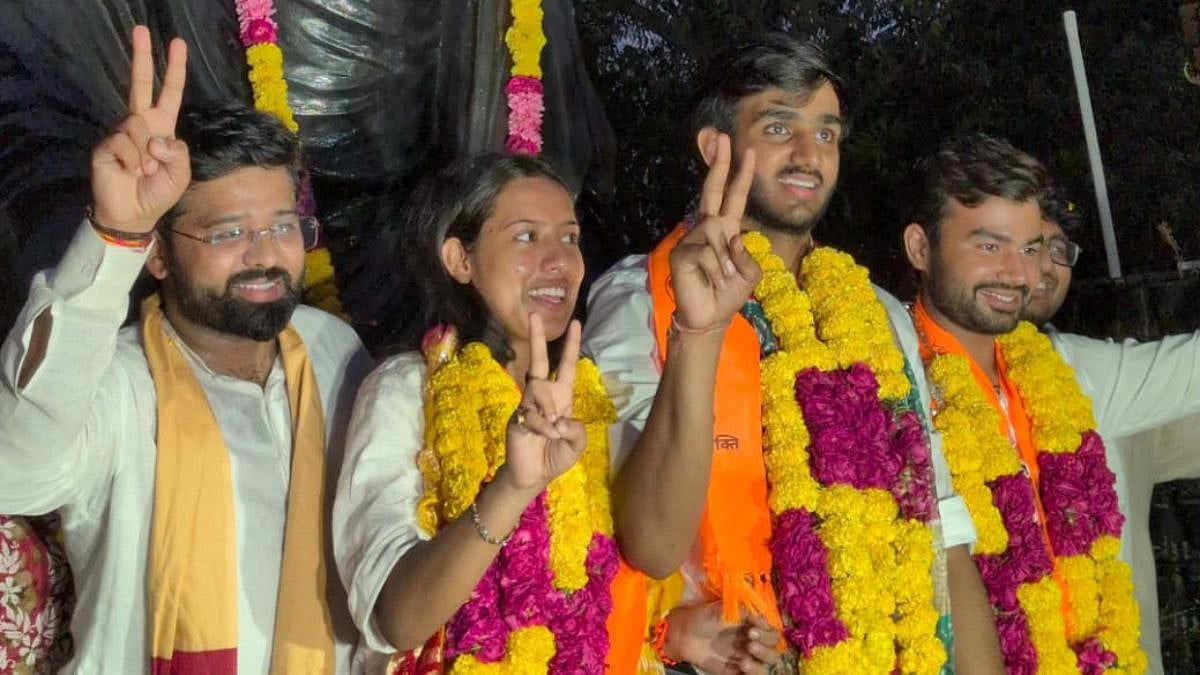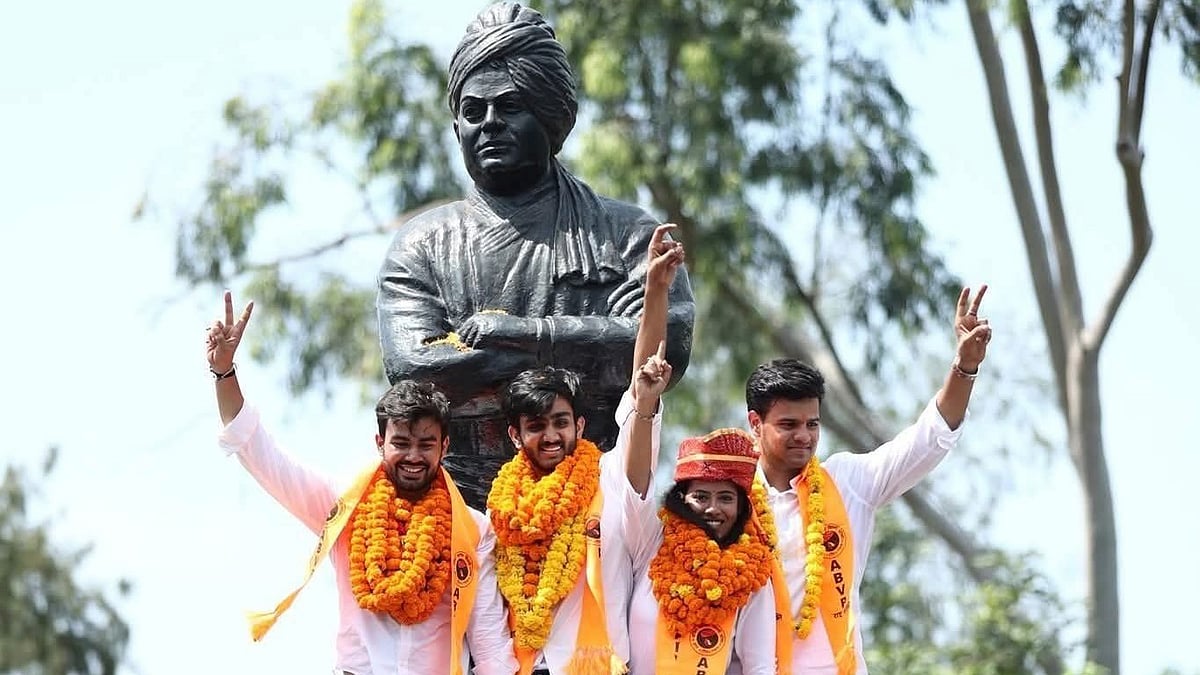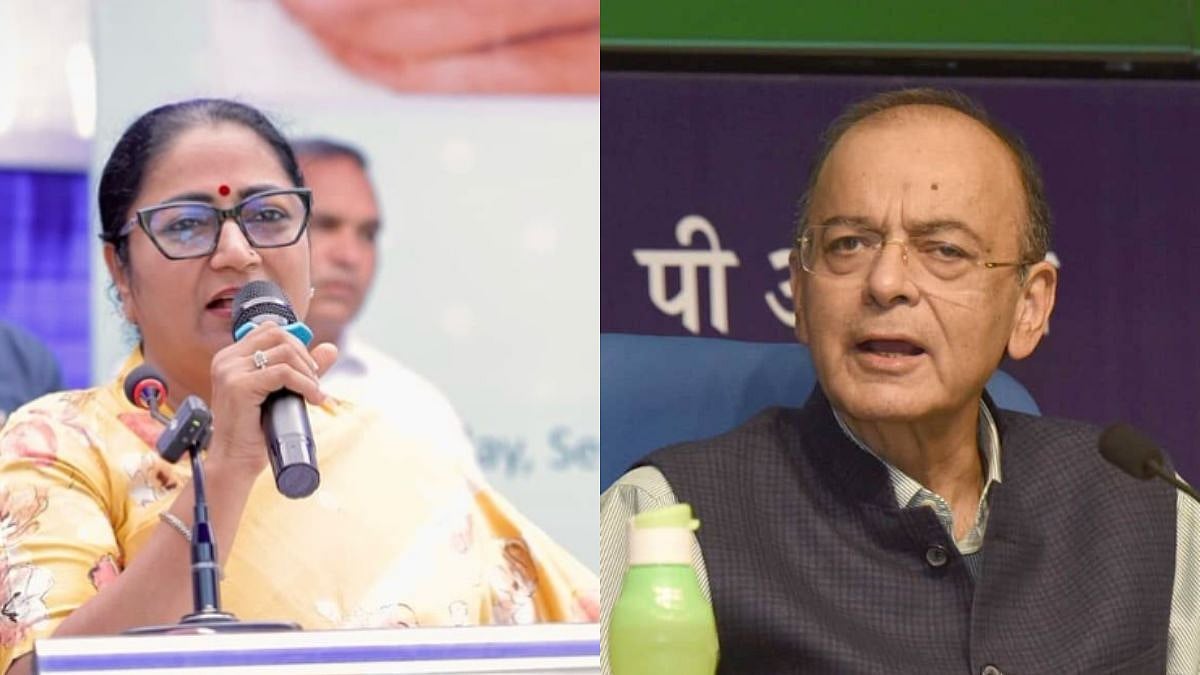UPSC Prelims 2025 Analysis: The Union Public Service Commission (UPSC) conducted the Civil Services Examination (CSE) Preliminary 2025 for Paper I (General Studies) and Paper II (Civil Services Aptitude Test – CSAT) on May 25, 2025. Here, candidates can find the subject-wise analysis of UPSC Prelims 2025, including the difficulty level, comparison with previous years, and other important details.
Deepanshu Singh, UPSC mentor, shared a detailed subject-wise analysis of the UPSC Prelims 2025. According to him, General Studies Paper I ranged from moderate to difficult, with a strong emphasis on current affairs and analytical reasoning. In contrast, CSAT Paper II was not suited for shortcut-based approaches — it required conceptual clarity, strong reasoning skills, and mental math precision, making it a true test of preparedness.
UPSC Prelims 2025 Paper 1 Analysis
Polity
2025 Paper: Moderate
2024 Paper: Easy
Remarks: 2025 was more factual and interpretative.
Economy
2025 Paper: Moderate
2024 Paper: Moderate
Remarks: Mix of fundamental concepts and applied questions.
Environment
2025 Paper: Difficult
2024 Paper: Moderate
Remarks: Too many facts and overlapping concepts in 2025.
Science & Technology
2025 Paper: Difficult
2024 Paper: Difficult
Remarks: Again, many tech-heavy and factual questions.
History & Culture
2025 Paper: Easy
2024 Paper: Moderate
Remarks: 2025 was more fact-based with fewer tricky linkages.
Geography
2025 Paper: Moderate
2024 Paper: Moderate
Remarks: Combination of conceptual and map-based questions.
International Relations & Current Affairs
2025 Paper: Moderate
2024 Paper: Moderate
Remarks: Included several fresh 2024–25 events.
- Indian Polity and Governance: Questions on Panchayats, constitutional provisions (e.g., Fifth Schedule, Inter-State Council), and powers of the President and Governor (e.g., Questions 1, 3, 45, 46, 49, 50).
- International Relations and Organizations: Coverage of BIMSTEC, BRICS, INSTC, and summits like COP28 (e.g., Questions 2, 7, 32).
- Science and Technology: Focus on space missions (Axiom-4, Gaganyaan), electric vehicles, UAVs, and emerging technologies like Direct Air Capture and monoclonal antibodies (e.g., Questions 5, 6, 13, 58, 66).
- Environment and Climate Change: Questions on carbon emissions, climate conferences, rare earth elements, and technologies like activated carbon (e.g., Questions 11, 61, 62, 63, 64).
- Economy and Finance: Questions on fiscal deficits, revenue deficits, budget analysis, and institutions like RBI and Finance Commission (e.g., Questions 31, 35, 36, 92, 94, 100).
- History and Culture: Historical events, figures like Gandhi, and cultural heritage (e.g., Questions 21, 22, 23, 24, 81, 85, 86, 89).
- Geography: Questions on physical geography, time zones, water bodies, and phenomena like continental drift (e.g., Questions 26, 71, 72, 76, 77, 78, 79).
- Defence and Security: Topics like aircraft types and automatic train protection systems (e.g., Questions 15, 12, 8).
- Miscellaneous: Sports (Chess Olympiad, Kho Kho World Cup), agriculture (turmeric production), and general science (e.g., Questions 8, 9, 88).
The difficulty is moderate to high, with:
- Static vs. Dynamic Balance: A mix of static GK (history, geography) and dynamic topics (current affairs, science), but dynamic questions are more prominent.
- Current Affairs Emphasis: Questions on 2023-2024 events (e.g., BRICS, Chess Olympiad) may challenge candidates less updated on recent happenings.
- Technical Questions: Niche topics like rare earth elements and Direct Air Capture require deeper preparation, potentially increasing difficulty.
For well-prepared candidates with strong NCERT, current affairs, and standard reference knowledge, the paper should be manageable, but it may be tougher for those relying on last minute preparation.
Comparison with 2024 Paper
The 2024 GS1 paper had a cutoff of 87.98/200, with a moderate difficulty level. The 2025 paper appears slightly more challenging due to:
- Broader Scope: Increased focus on current affairs, such as the 16th BRICS Summit, COP28, and the Kho Kho World Cup, which require recent knowledge.
- Analytical Complexity: More questions involve evaluating multiple statements (e.g., whether Statement II explains Statement I), testing critical thinking beyond factual recall.
- Technical Detail: Questions on science and technology (e.g., battery components, UAVs) demand specific technical knowledge, potentially harder than general awareness questions in 2024.
- Repetition and Overlap: Some questions (e.g., duplicates on plastics, Kho Kho World Cup) suggest possible errors, which could confuse candidates and increase perceived difficulty.
However, the core structure (multiple-choice with options a, b, c, d) and language remain consistent, making it familiar for prepared candidates. The 2024 paper also had current affairs, but 2025 seems to have a higher proportion, aligning with global trends like climate change and technological advancements.
UPSC Prelims 2025 Paper 2 Analysis
RC Passages and Questions
Passage 1
Topic: Ecosystem–Livelihood conflict
Theme: Biodiversity & Livelihoods
Questions: 2
Passage 2
Topic: Renewable energy & path-dependence
Theme: Green Energy
Questions: 2
Passage 3
Topic: State-wise climate strategies
Theme: Climate Change & Adaptation
Questions: 2
Passage 4
Topic: Economic insecurity vs poverty
Theme: Economics/Social Issues
Questions: 2
Passage 5
Topic: Agriculture’s stagnant growth
Theme: Agricultural Economy
Questions: 2
Passage 6
Topic: Handlooms & cultural politics
Theme: Culture & Identity
Questions: 2
Passage 7
Topic: Higher education & classroom reform
Theme: Education
Questions: 2
Passage 8
Topic: Food consumption & wealth
Theme: Food Security & Inequality
Questions: 2
Passage 9
Topic: Net-zero & household incentives
Theme: Behavioural Economics & Climate
Questions: 2
Passage 10
Topic: Circular economy (e.g. batteries)
Theme: Reuse & Sustainability
Questions: 2
Passage 11
Topic: Genetically honed crops
Theme: Food Security & Genetics
Questions: 2
Passage 12
Topic: Opposition in democracy
Theme: Politics & Governance
Questions: 2
Passage 13
Topic: Corporate capitalism & democracy
Theme: Political Economy
Questions: 2
Passage 14
Topic: Inflation & CPI/WPI
Theme: Inflation Indices
Questions: 1
Passage 15
Topic: Trust in entrepreneurship
Theme: Sociology/Behaviour
Questions: 1
Quantitative Aptitude (25 Questions)
Topics Covered:
- Number theory (remainders, factor properties)
- Percentage compounding
- Time, work, pipes & cisterns
- Averages, ratios, speed-distance
- CRT-based logic and data sufficiency
- Coding-based logic in number patterns
Examples:
- N divided by 3,5,6,9 with different remainders
- Compounded increase-decrease question
- Pipes filling + emptying combined
- Multi-condition digit puzzles
Expert View:
Not a paper for shortcut tricks — it demanded concept clarity and mental math precision.
Logical and Analytical Reasoning (26 Questions)
Types:
- Blood relations & family tree logic
- Direction-based problems with grid complexity
- Tournament outcomes with goals scored
- Data sufficiency questions
- Statement-assumption reasoning
- Number coding, digit patterns, sequence completion
Notable Trends:
- Many questions blended logic with math (e.g., tournament + scoring + logic puzzle).
- Data sufficiency questions had abstract variables, making them tougher than usual.
Expert View:
Logic-heavy CSAT papers like this one act as qualifiers, not scoring tools. They reward only calm, strategic solvers.
CSAT 2025 was an Eliminator.
- Many serious aspirants with 90+ in GS Paper I are likely to fail CSAT if they didn’t explicitly prepare for it.
- Cut-off of GS Paper I likely to drop to 80-84 marks (General Category)

